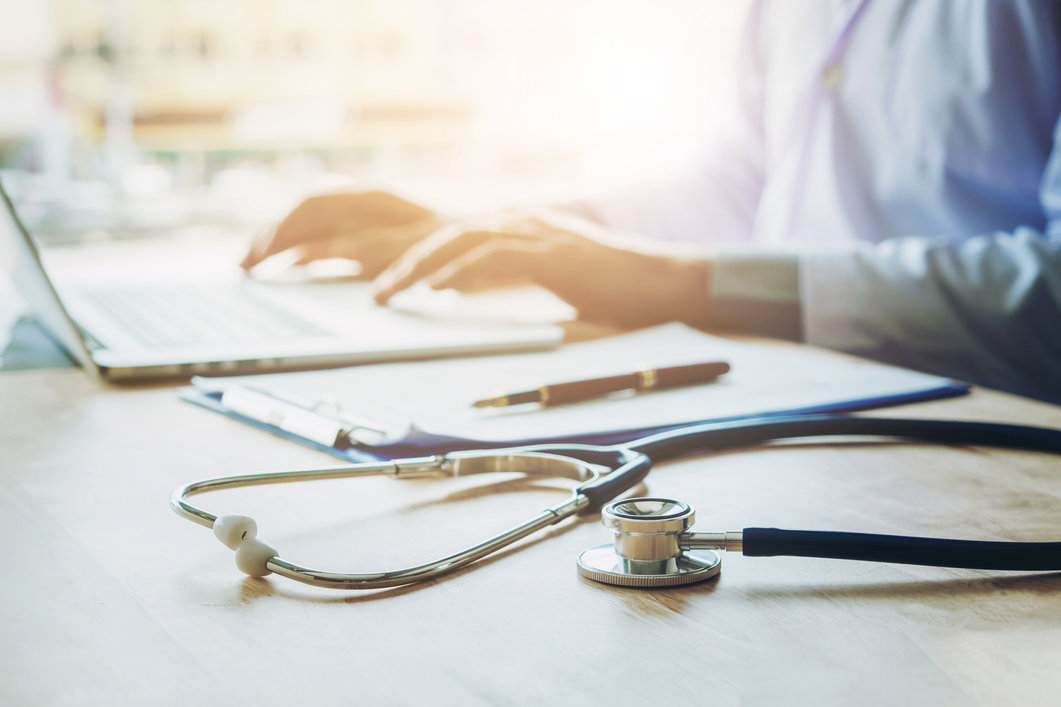When a joint becomes damaged or inflamed, white blood cells release chemicals into the joint. Some of these chemicals sensitise nerve endings and causes them to send pain messages to the brain. The reason for this is to draw our attention to the fact that there is a problem present in our body that needs addressing. The longer the damage or inflammation continues, the more sensitised these nerve endings become and the better at sending pain messages.
The commonest causes of joint pain are the various forms of arthritis, along with wear and tear. When the natural lubricating fluid inside many joints (Synovium) becomes inflamed, it gets sticky. When the joint is inflamed and sticky it becomes stiff and feels swollen. Another component of inflammation is that the local area will get an increased blood supply, giving the area the feeling of throbbing or pulsing.

